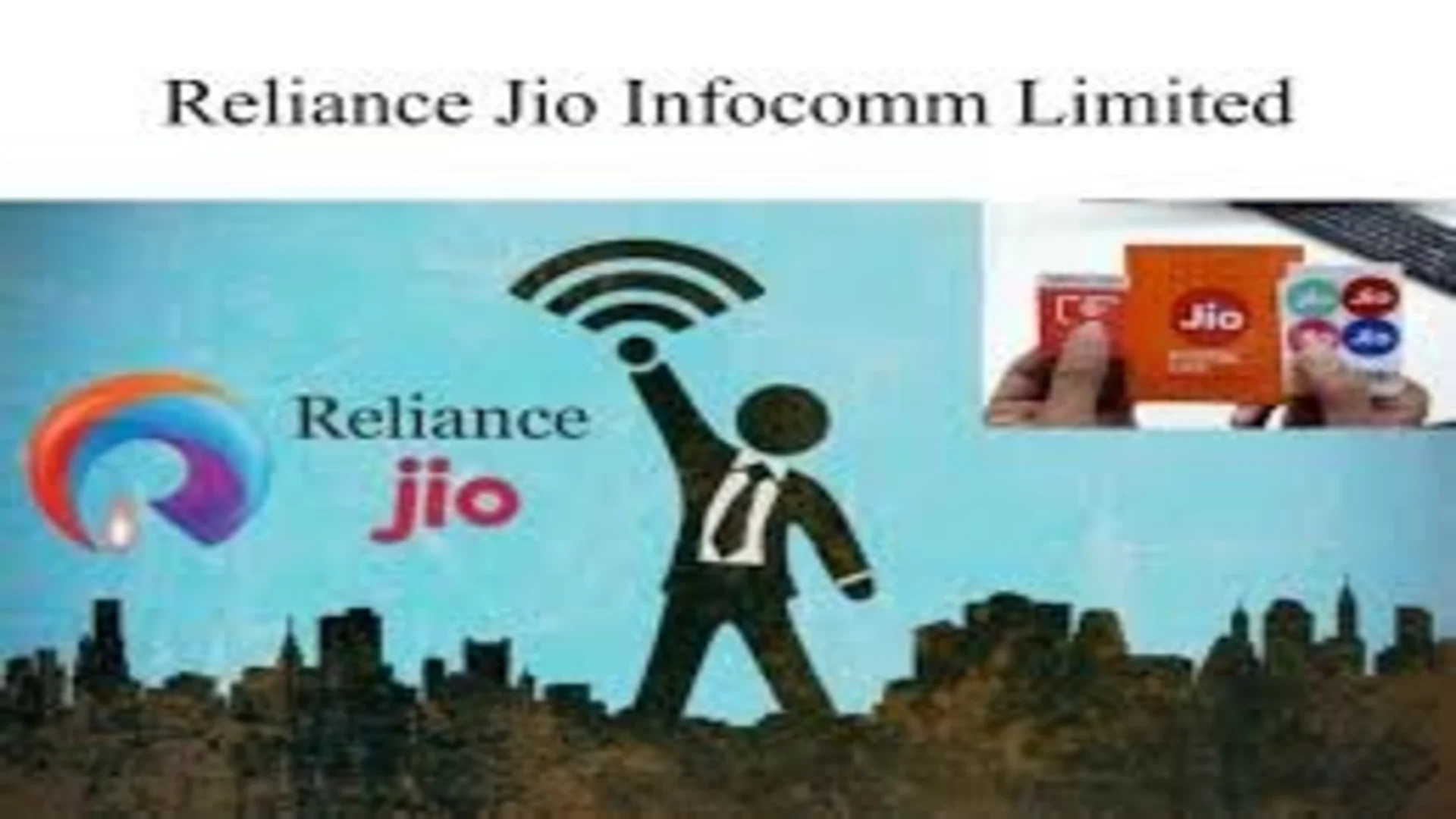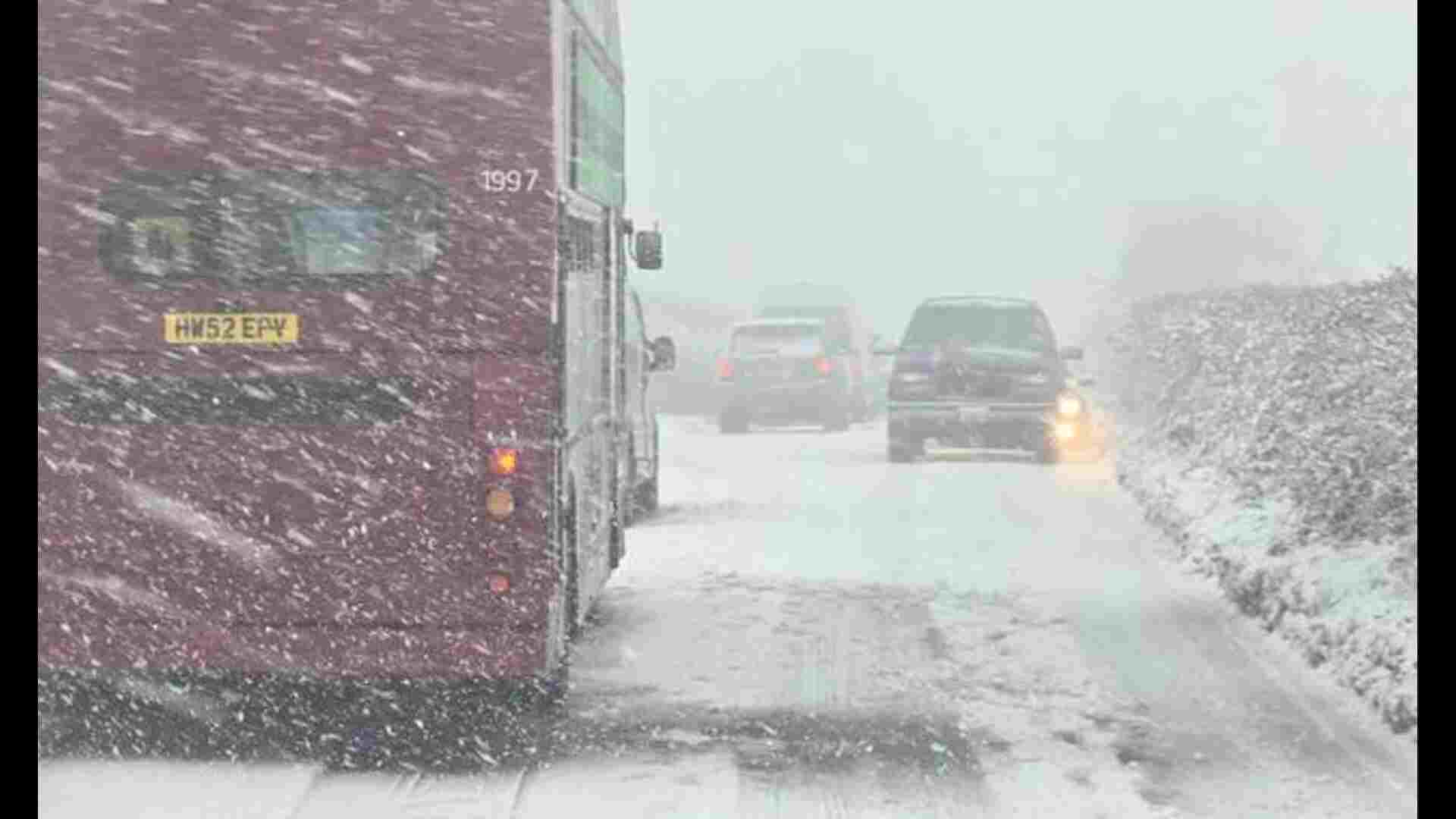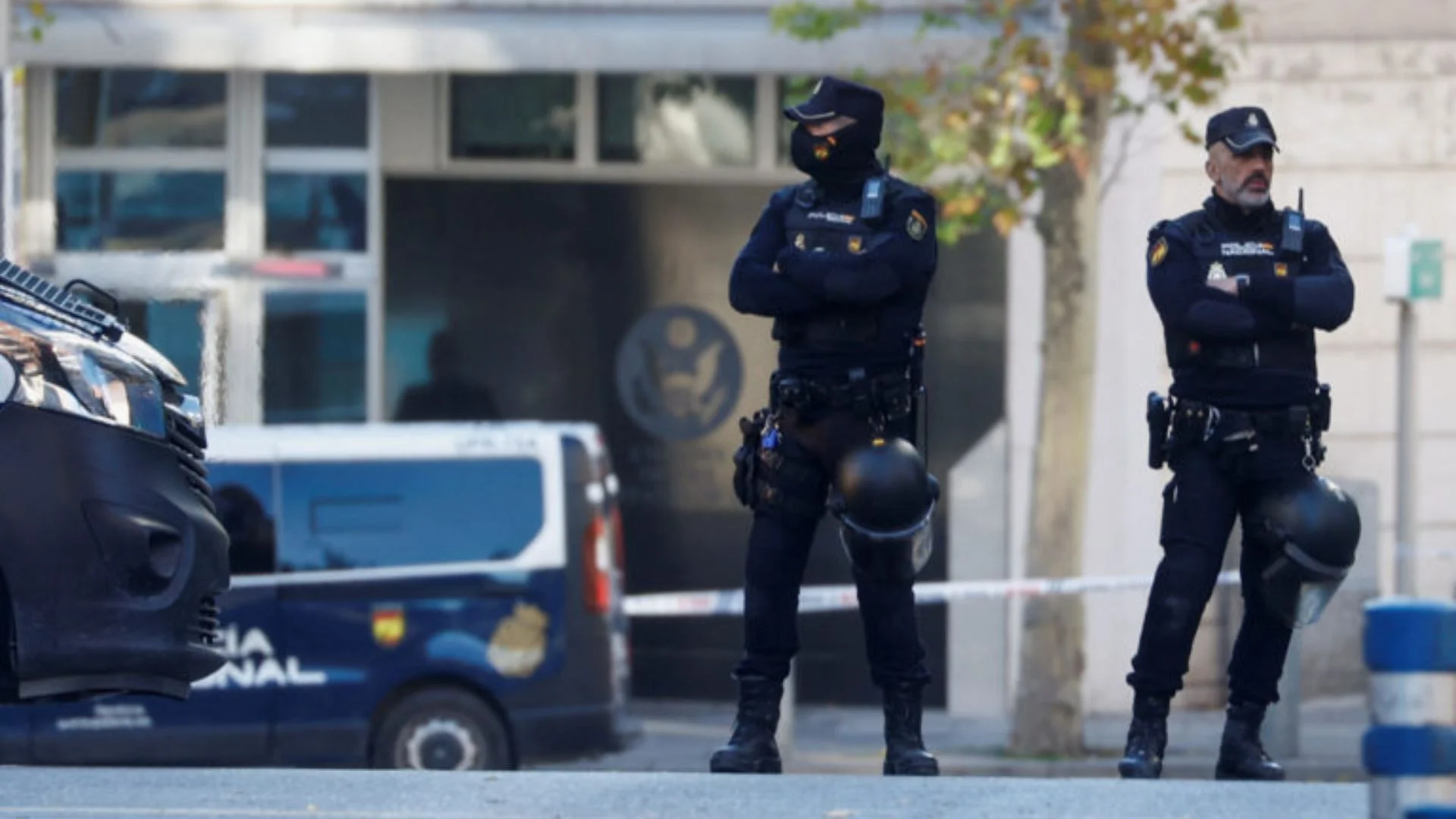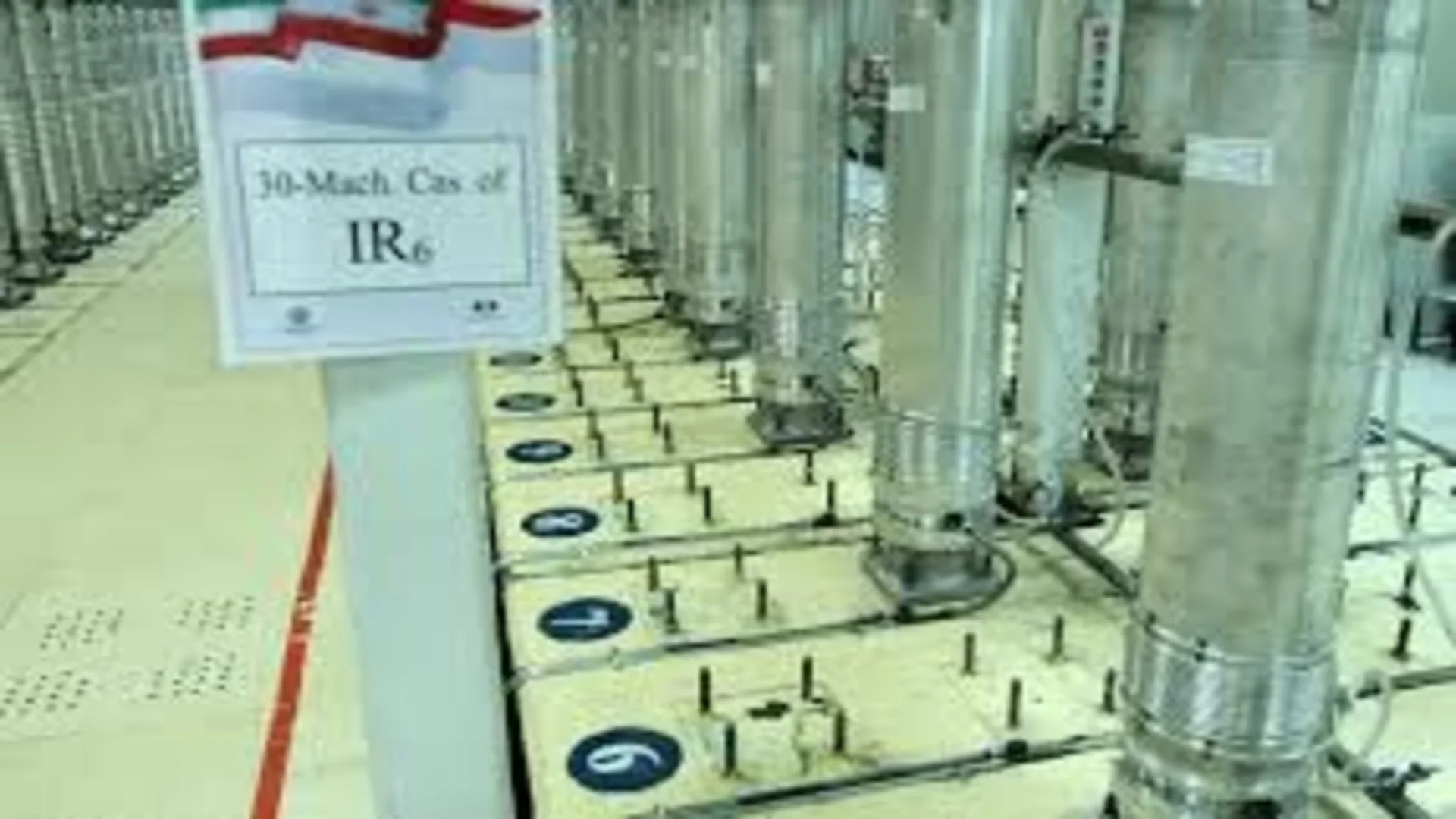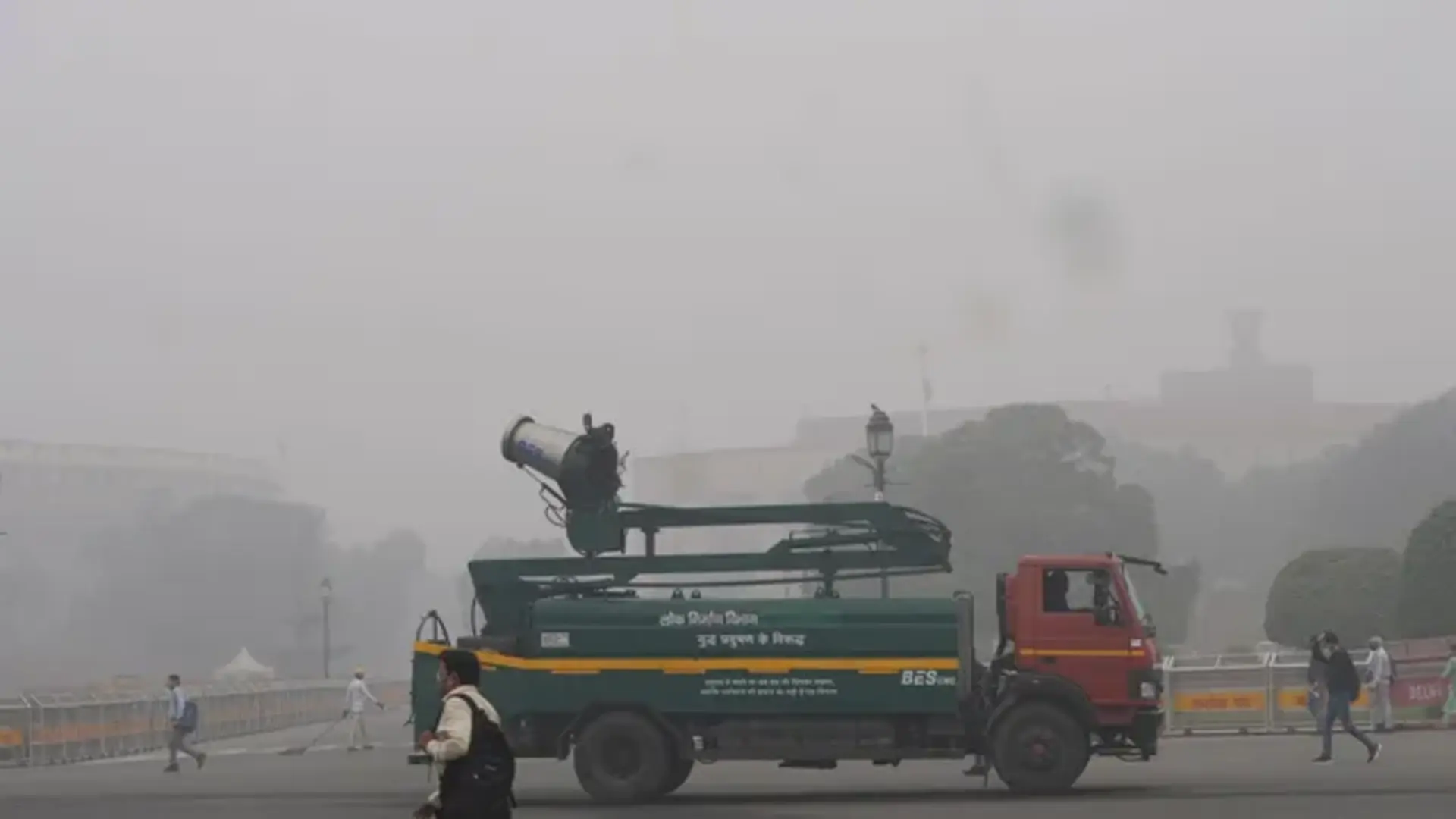
Without mincing any words, the Supreme Court has in an extremely laudable, learned, landmark and latest judgment titled M/S Ramnath Exports Pvt Ltd vs Vinita Mehta & Anr. in Civil Appeal No. 4639 of 2022 [Arising out of SLP (C) No. 30216 of 2018] cited in 2022 LiveLaw (SC) 564 and pronounced as recently as on July 5, 2022 minced absolutely no words in holding unequivocally that substantive right accrued to the litigant should not be defeated citing a procedural defeat capable of being cured. The Bench of Apex Court comprising of Justice Indira Banerjee and Justice JK Maheshwari minced just no words to hold that, “It is a trite law that the procedural defect may fall within the purview of irregularity and capable of being cured, but it should not be allowed to defeat the substantive right accrued to the litigant without affording reasonable opportunity.” Very rightly so.
To start with, this refreshing, robust, rational and recent judgment authored by Justice JK Maheshwari for a Bench of Apex Court comprising of himself and Justice Indira Banerjee sets the ball rolling by first and foremost putting forth in para 2 that, “This appeal arises out of the judgment dated 04.07.2018, passed by High Court of Uttarakhand at Nainital in First Appeal No. 50 of 2008, preferred by appellant herein against the ‘common judgment’ dated 16.04.2008 passed by Trial Court in Suit No. 411 of 1989 (filed by respondents herein joining appellant as defendant) and Suit No. 419 of 1993 (filed by appellant herein joining respondents as defendant). In Suit No. 411 of 1989, respondents sought ‘permanent injunction’ against appellant restraining it from interfering in the right of use of concerned passage or causing any interference or putting any obstruction in the usage of the said passage and not to make any septic tank, soakage pit or raise any other construction. The respondents also prayed for grant of ‘mandatory injunction’ against the appellant, making prayer to remove and demolish the walls on the concerned passage and restoring the passage to its original width of 13 ft. and filling up the ditch near the gate of plaintiff no.2 (respondent no.2 herein). In Suit No. 419 of 1993, appellant herein prayed for ‘permanent injunction’ restraining the respondents/defendants from providing or creating any passage through the property of appellant after demolishing the existing passage. Since both the suits involved grievances pertaining to the passage of the same land, therefore by consent order dated 18.08.2006 both were consolidated. The common issues were framed by Trial Court to facilitate disposal of both suits by same evidence. Consequently, the aforesaid consolidated suits were disposed off by the Trial Court by a common judgment dated 16.04.2008, though two separate decrees were drawn on 30.04.2008. The Suit No. 411 of 1989 was partly decreed in favour of plaintiff no. 2 (respondent no.2 herein), whereas Suit No. 419 of 1993 was dismissed.”
As it turned out, the Bench then mentions clearly in para 3 that, “Being aggrieved by the common judgment, appellant preferred First Appeal No. 50 of 2008 before the High Court challenging both the decrees. On filing appeal, at the initial stage, appellant also preferred an application being CLMA No. 4365 of 2008 (in short be referred as “CLMA”) and sought permission to file a single appeal assailing the common judgment dated 16.04.2008 alongwith two separate decrees dated 30.04.2008. The first appeal was admitted by High Court vide order dated 18.07.2008 and by the same order, two weeks’ time was granted to file objections on CLMA and further two weeks to file rejoinder. It was further directed to list the application after lapse of the said period.”
To put things in perspective, the Bench then envisages in para 4 that, “The High Court without passing any order on the said CLMA, at the time of hearing of the appeal, accepted the preliminary objection regarding maintainability of single first appeal without entering into the merits of the case. The Court said that the case is restricted to the question of applicability of principle of res judicata and, taking into consideration the material placed and the contentions raised by both the parties, the appeal was dismissed holding that one appeal is not maintainable and barred by res judicata. In the impugned order, the High Court has considered the full bench judgment of Allahabad High Court in the case of Zaharia Vs. Dibia & Ors., ALR (1910) Allahabad 51, and also the case of Narhari & Ors. Vs. Shanker & Ors., AIR 1953 SC 419 in which full bench judgment of Lahore High Court passed in case of Mt. Lachhmi Vs. Mt. Bhulli, AIR 1927 Lahore 289 was relied. The Court distinguished the full bench judgment of Mt. Lachhmi (supra) of Lahore High Court and also the judgment of this Court in the case of Narhari (supra) and placing reliance upon the judgment of Lonankutty Vs. Thomman & Anr., (1976) 3 SCC 528, said that the case in hand is similar to the case of Lonankutty (supra) which was dismissed on the ground of res judicata alone. The High Court further relied upon the judgment of this Court in Sri Gangai Vinayagar Temple & Anr. Vs. Meenakshi Ammal & Ors., (2015) 3 SCC 624, wherein, this Court was dealing with the concept of res judicata discussed law on the point of applicability of res judicata and observed that losing party must file appeals in respect of all adverse decree founded even on partially adverse or contrary speaking judgments.”
As we see, the Bench then observes in para 5 that, “In impugned order, the Court held that separate appeals ought to have been filed by appellant against the decree given in Suit No. 411 of 1989 as well as in Suit No. 419 of 1993. Failure to file separate appeals would invite the applicability of principle of res judicata. The Court in the order concluded that one appeal against both the decrees is not tenable in terms of clear stipulation as per Section 96 of CPC. As separate appeals have not been filed against both the decrees, res judicata would operate as against the findings given in another suit even after consolidation. Thus, held that, the cause of appellant is foreclosed by applicability of principle of res judicata.”
Simply put, the Bench then reveals in para 6 that, “Being aggrieved, the appellant preferred instant appeal and learned counsel present has contested the same on following grounds –
a) The appellant had assailed the findings recorded by Trial Court by mentioning both the suit numbers alongwith payment of requisite court fee for the purpose of valuation on the basis of consolidated value of suits;
b) The first appeal was admitted by High Court vide order dated 18.07.2008 , but the same was dismissed after a decade without entering into the merits of the case;
c) While admitting the appeal, notice was issued on CLMA, i.e., application to seek permission to file single appeal impugning the common judgment and two decrees, but without deciding the said application, the preliminary objections raised by the respondents has been maintained causing serious prejudice to it;
d) The essence of rule of res-judicata is that the two proceedings should be so independent of each other that the trial of one cannot be confused with trial of other suit, but where two suits having common issue were tried together and disposed-off vide single judgment, can they be said to be two distinct and independent trials;
e) In effect, only one judgment was passed in the trial and suits were not clubbed but were consolidated for all purposes;
f) In support of the said contentions learned counsel would rely upon –
i. State of Andhra Pradesh & Ors. Vs. B. Ranga Reddy (thru LR’s) & Ors., (2020) 15 SCC 681;
ii. Sri Gangai Vinayagar Temple & Anr. Vs. Meenakshi Ammal & Ors., (2015) 3 SCC 624;.”
No doubt, the Bench then rightly points out in para 7 that, “Per contra, the counsel for the respondents has argued in support of the findings recorded in the impugned judgment and made the following submissions –
a. The appellant unilaterally preferred single appeal and paid the Court fee on the basis of consolidated value of suits, whereas, separate Court fee was to be calculated on each decree and affixed accordingly;
b. Appeal against decree in Civil Suit No.411 of 1989 can be filed before District Judge, having a limitation of 30 days as per Section 8 of Suits Valuation Act, 1887, whereas, looking to the valuation, appeal against decree in Civil Suit No.419 of 1993 lies before High Court having a limitation of 90 days. No such appeal against decree in Civil Suit No.411 of 1989 before District judge was preferred by appellant;
c. The judgment and decree passed in Civil Suit No.411 of 1989 has attained finality inter-se parties since it was not challenged within the prescribed period of limitation;
d. Consolidation of suits was done only for evidence and it does not mean that one appeal can be preferred since suits still retain their separate identity. Even assuming that the consolidation was for all purposes, yet the procedure for preferring an appeal cannot be waived or by-passed;
e. Since the day of notice in first appeal, objection has been raised for filing only one appeal and still the said defect was not rectified by the appellant;
f. Learned counsel placed reliance on following judgments to substantiate the submissions –
i. Sri Gangai Vinayagar Temple & Anr. Vs. Meenakshi Ammal & Ors., (2015) 3 SCC 624;
ii. V. Natarajan Vs. SKS Ispat & Power Ltd. & Ors., Civil Appeal No.3327 of 2020)
iii. B. Santoshamma & Anr. Vs. D. Sarla & Anr., 2020 SCC OnLine SC 756;.”
Quite pertinently, the Bench then observes in para 8 that, “After having heard learned counsel for parties and on perusal of the material available, we have read the provision of Section 96 of CPC, which provides for filing of an appeal from the decree by any Court exercising original jurisdiction to the Court authorized to hear appeals from the decisions of such Courts. It is also settled that an appeal is a continuation of the proceedings of the original court. Ordinarily, in the first appeal, the appellate jurisdiction involves a re-hearing on law as well as on fact as invoked by an aggrieved person. The first appeal is a valuable right of the appellant and therein all questions of fact and law are open for consideration by re-appreciating the material and evidence. Therefore, the first appellate court is required to address on all the issues and decide the appeal assigning valid reasons either in support or against by re-appraisal. The court of first appeal must record its findings dealing all the issues, considering oral as well as documentary evidence led by the parties.”
Be it noted, the Bench then hastens to add in para 9 that, “In the instant case, it is not disputed that appellant herein filed CLMA, i.e., application seeking permission to file single appeal against the common judgment as well as the two separate decrees passed in consolidated suits. Further, as is evident from the record, especially from the order dated 18.07.2008, the High Court at the time of admission of the appeal specifically directed that CLMA be listed for disposal after expiry of four weeks’ time given to both parties to file counter as well as rejoinder affidavits. The relevant portion of the said order is reproduced for ready reference as under –
Please read concluding on thedailyguardian.com
